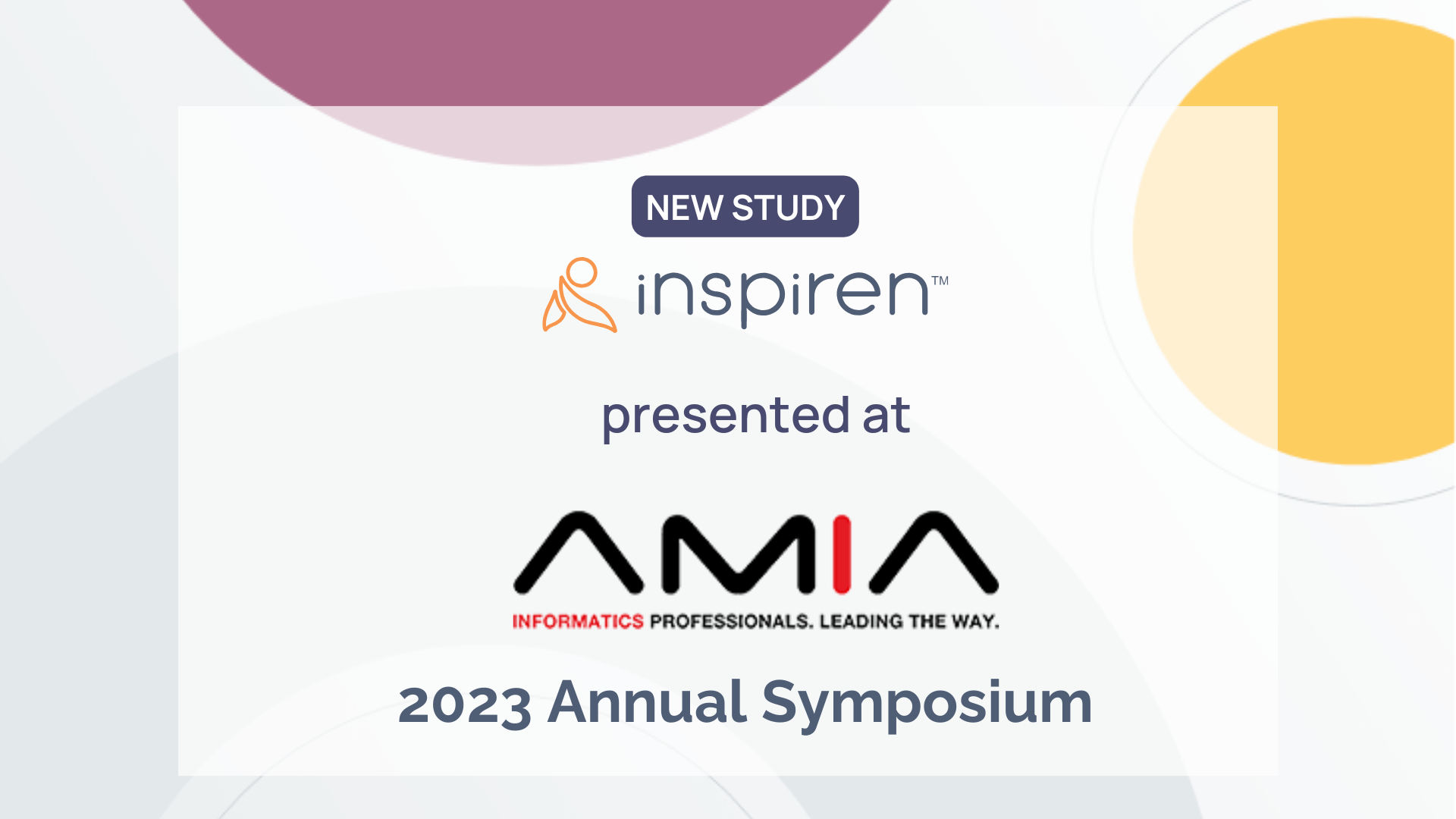
More than 1.5 million elderly adults in the US reside in nursing homes and 1 million in assisted living facilities (ALFs).
For falls in the ALFs, the challenge lies in accurately documenting and understanding the activities of both patients and staff. A recent study, presented at the 2023 AMIA Annual Symposium, sheds light on how remote monitoring data from hybrid sensing devices, such as AUGi, can revolutionize patient safety in ALFs by benchmarking and accurately tracking falls as well as resident and staff activity.
Titled Staff and Patient Interactions at An Assisted Living Facility: A Longitudinal Descriptive Study, the study was conducted in a New York City ALF, and employed AUGi technology to capture a comprehensive view of nurse interactions with patients over a 170-day period.
The study group was made up of 215 residents, primarily elderly with an average age of 85, and with multiple chronic conditions.
The following findings were built from data around rounding by staff, frequency and duration of interactions with patients, as well as interactions at each bed from the AUGi device. This rich data provides invaluable insights into staff activities, resident interactions, and the potential benefits of remote surveillance.
Some key findings from the data include:
- 1,880.3 of staff care hours spent in patient rooms
- 20.7 visits made per day per resident
Over the study period, care teams were provided AI-driven alerts and had access to virtually round via a privacy-enabled live view functionality. Ensuring resident images were obfuscated, however context was available to the care team to triage alerts and workflow. The study noted that this ability to respond to alerts and check in on residents remotely could reduce redundant visits, streamline response times, and alleviate staff burden providing more effective and efficient care.
The conclusion of the study further touches upon how implementation of such technology contributes to predictive modeling aimed at reducing falls. It also allows for the development of benchmarking data to accurately track staff and resident behaviors, as well as resident harms – such as falls – in ALFs.
To learn about more results from this study and see how AUGi can support your ALF’s goals, reach out to us here.